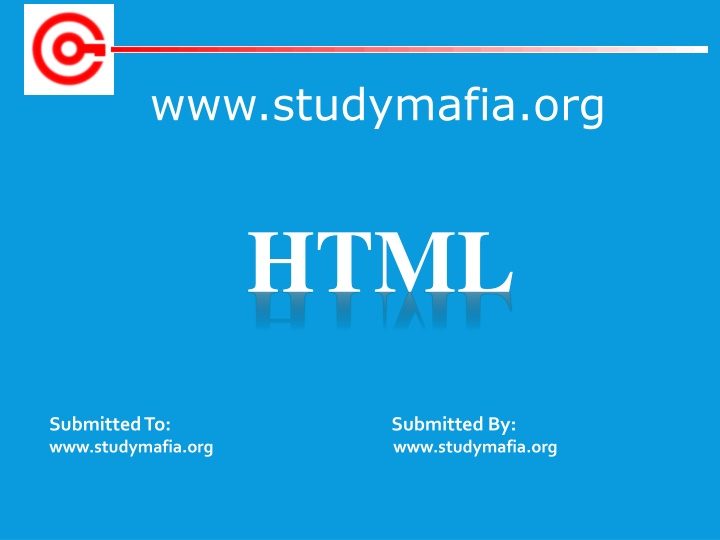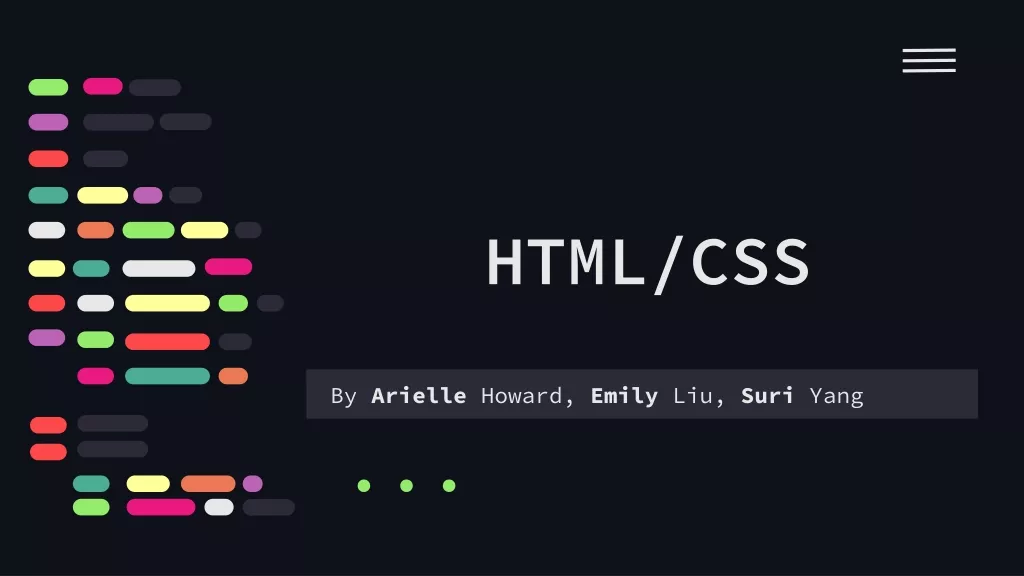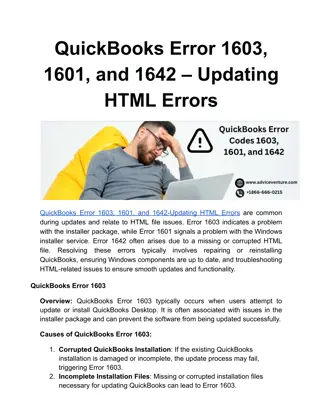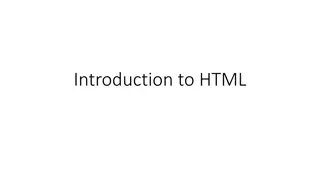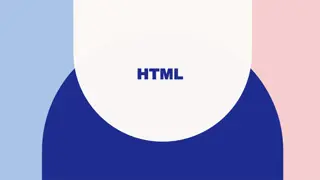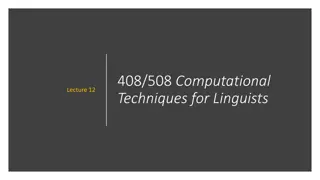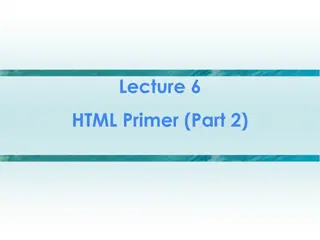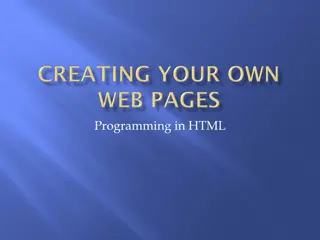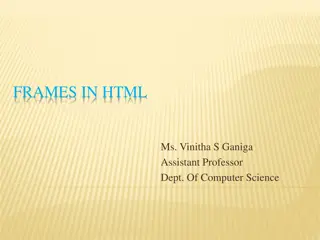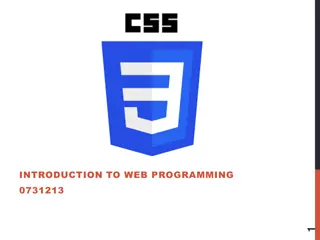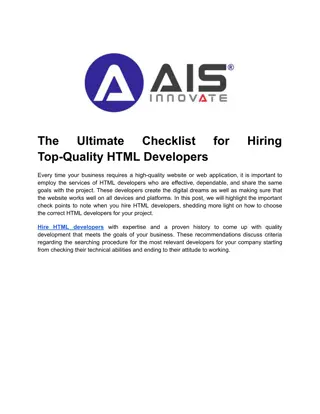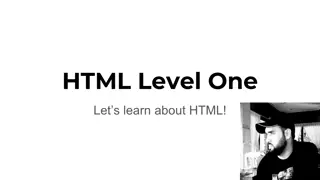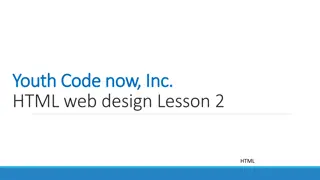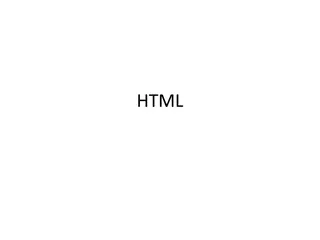Studymafia.org - HTML Submission Details
Extracted details from the submission process on Studymafia.org. Includes information about the submitted content and contributor.
Download Presentation

Please find below an Image/Link to download the presentation.
The content on the website is provided AS IS for your information and personal use only. It may not be sold, licensed, or shared on other websites without obtaining consent from the author.If you encounter any issues during the download, it is possible that the publisher has removed the file from their server.
You are allowed to download the files provided on this website for personal or commercial use, subject to the condition that they are used lawfully. All files are the property of their respective owners.
The content on the website is provided AS IS for your information and personal use only. It may not be sold, licensed, or shared on other websites without obtaining consent from the author.
E N D
Presentation Transcript
www.studymafia.org HTML Submitted To: www.studymafia.org www.studymafia.org Submitted By:
CONTENTS What is HTML? Versions of HTML How Does HTML Works Basic HTML Document Difference between HTML4 and 5 The Most Used HTML Tags Pros Cons References
WHAT IS HTML? Telling the browser what to do, and what props to use. A serises of tags that are integrated into a text document. Tags are ; surrounded with angle brackets like this <B> or <I>. Most tags come in pairs exceptions: <P>, <br>, <li> tags The first tag turns the action on, and the second turns it off.
HTML (HYPERTEXT MARKUP LANGUAGE) Common features Tables Frame Form Image map Character Set Meta tags Images, Hyperlink, etc
VERSIONS: YEAR VERSION HTML 1991 HTML+ 1993 HTML 2.0 1995 1997 HTML 3.2 1999 HTML 4.01 2000 XHTML 2012 HTML 5 2013 XHTML5
HOW DOES HTML WORK? HTML documents are files that end witha .html or .htm extension. You can view then using any web browser (such as Google Chrome, Safari, or Mozilla Firefox). The browser reads the HTML file and renders its content so that internet users can view it.
BASIC HTML DOCUMENT In its simplest form, following is an example of an HTML document <!DOCTYPE html> <html> <head> <title>This is document title</title> </head> <body> <h1>This is a heading</h1> <p>Document content goes here..... </p> </body> </html>
DIFFERENCE BETWEEN HTML AND HTML 5 HTML4 HTML5 1. HTML5 uses new structures such as drag, drop and much more. 1.HTML 4 uses common structures like headers , footers. 2.HTML 5 can contain embedded video and audio without using flash player. 2.HTML 4 cannot embed video or audio directly and makes use of flash player for it. 3.HTML 5 is capable of handling inaccurate syntax 3. HTML 4 cannot handle inaccurate syntax
DIFFERENCE HTML4 HTML5 4. HTML 5 introduced many new API s which facilitate flexibility of web pages. 4. HTML 4 has traditional API s which does not include canvas and content editable API s. 5. In HTML 4, local storage is not possible and tags that can handle only one dimension are present 5. In HTML 5, new tags and new features like local storage are enhanced.
THE MOST USED HTML TAGS HTML tags have two main types: block-level and inline tags. Block-level elements take up the full available space and always start a new line in the document. Headings and paragraphs are a great example of block tags. Inline elements only take up as much space as they need and don t start a new line on the page. They usually serve to format the inner contents of block-level elements. Links and emphasized strings are good examples of inline tags.
BLOCK-LEVEL TAGS The three block level tags every HTML document needs to contain are <html>, <head>, and <body>. The <html></html> tag is the highest level element that encloses every HTML page. The <head></head> tag holds meta information such as the page s title and charset. Finally, the <body></body> tag encloses all the content that appears on the page.
INLINE TAGS Many inline tags are used to format text. For example, a<strong></strong> tagwould render an element in bold, whereas <em></em> tagswould show it in italics. Hyperlinks are also inline elements that require <a></a> tags andhrefattributes to indicate the link s destination: <a href="https://example.com/">Click me!</a> Images are inline elements too. You can add one using <img> without any closing tag. But you will also need to use the srcattribute to specify the image path, for example: <img src="/images/example.jpg" alt="Example image">
PROS OF HTML A widely used language with a lot of resources and a huge community behind. Runs natively in every web browser. Comes with a flat learning curve. Open-source and completely free. Clean and consistent markup. The official web standards are maintained by the World Wide Web Consortium (W3C). Easily integrable with backend languages such as PHP and Node.js.
CONS OF HTML Mostly used for static web pages. For dynamic functionality, you may need to use JavaScript or a backend language such as PHP. It does not allow the user to implement logic. As a result, all web pages need to be created separately, even if they use the same elements, e.g. headers and footers. Some browsers adopt new features slowly. Browser behavior is sometimes hard to predict (e.g. older browsers don t always render newer tags).
REFERENCES www.google.com www.wikipedia.com www.studymafia.org
